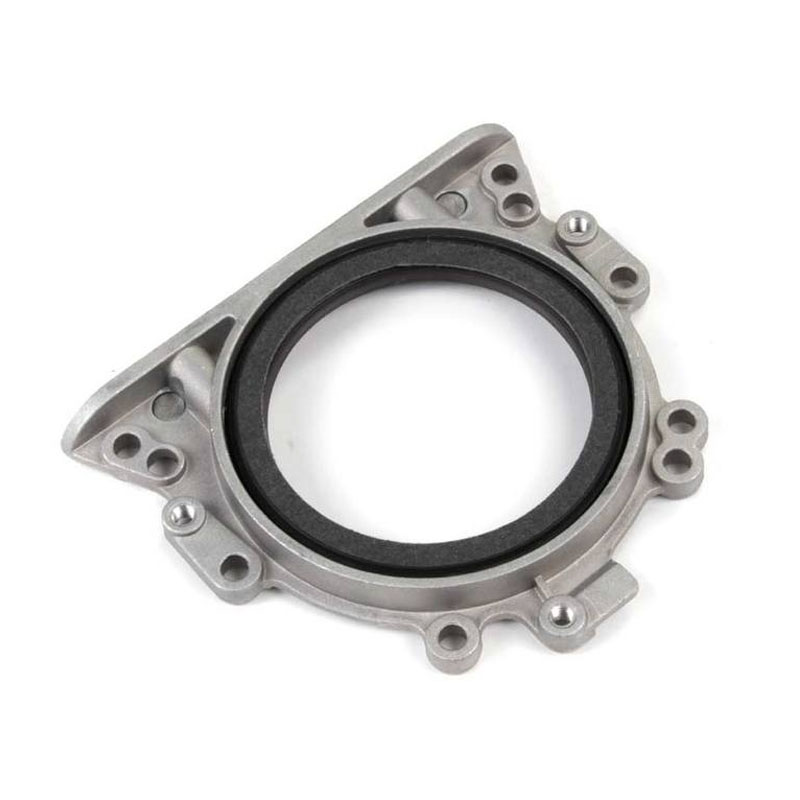Exploring the Importance and Functionality of Front Diff Seal in Automotive Applications
Understanding Front Differential Seals Key Components for Vehicle Performance
In automotive engineering, the intricate workings of a vehicle's drivetrain are essential for optimal performance. One crucial component within this system is the front differential seal. This seemingly minor part plays a significant role in the overall functionality and longevity of a vehicle, particularly in four-wheel-drive (4WD) and all-wheel-drive (AWD) systems.
What is a Front Differential Seal?
The front differential seal is a rubber or metal seal located at the junction where the front drive axle meets the differential housing. Its primary function is to prevent the leakage of differential fluid, which is vital for lubricating the gears inside the differential. By keeping the fluid contained, the seal ensures that the differential can operate smoothly, providing power to the front wheels when needed.
Importance of the Front Differential Seal
1. Fluid Containment The most apparent role of the front differential seal is to contain the gear oil or differential fluid within the differential housing. This fluid is essential for minimizing friction and ensuring that the gears operate efficiently. Without a functioning seal, fluid can leak out, leading to insufficient lubrication and potentially resulting in gear wear or failure.
2. Prevention of Contamination In addition to containing the fluid, the front differential seal also serves as a barrier against dust, dirt, and moisture. Keeping these contaminants out is essential for maintaining the integrity of the oil and preventing premature wear of the gears and other internal components.
3. Enhancing Vehicle Performance A well-functioning front differential seal contributes to overall vehicle performance. It ensures that the front wheels receive the appropriate power during acceleration and cornering, enhancing traction and stability, especially in challenging driving conditions.
front diff seal

Symptoms of a Failing Front Differential Seal
Like many vehicle components, front differential seals can wear out over time. Recognizing the signs of a failing seal is crucial for maintaining vehicle performance. Some common symptoms include
- Fluid Leaks The most obvious sign of a failing seal is the presence of differential fluid leaking from the front axle. This can often be seen pooling under the vehicle or dripping during operation.
- Unusual Noises If the differential is not adequately lubricated due to fluid loss, it can lead to increased friction and resulting noises, such as grinding or whining sounds when turning or accelerating.
- Poor Handling A failing seal can cause inadequate lubrication, leading to poor handling characteristics, such as reduced traction or difficulty in steering.
Maintenance and Replacement
Regular maintenance checks are essential to ensure the integrity of the front differential seal. Signs of wear should be addressed promptly, and it's wise to replace the seal during routine differential fluid changes. The process typically involves removing the drive axle, replacing the old seal, and ensuring the new seal is properly seated to avoid future leaks.
In conclusion, while the front differential seal may not be the most glamorous component of a vehicle's drivetrain, its role is undeniably crucial. By understanding its function and importance, vehicle owners can take proactive measures to maintain their vehicles, ensuring a safe and reliable driving experience. Regular inspections and timely replacements can go a long way in preserving the health of the drivetrain, allowing for consistent performance on and off the road.
-
Understanding the Front Main Engine Seal: Purpose, Maintenance, and Installation
News Jul.29,2025
-
Understanding O-Rings and Seal Rings: Types, Applications, and Custom Solutions
News Jul.29,2025
-
Understanding Crankshaft Oil Seals: Rear Seals, Pulley Seals, and Their Role in Engine Integrity
News Jul.29,2025
-
The Importance of Front and Rear Crankshaft Seals in Engine Performance and Oil Management
News Jul.29,2025
-
Crank Oil Seals: Functions, Types, and Cost Considerations in Engine Maintenance
News Jul.29,2025
-
A Comprehensive Guide to O-Rings and Seals: Types, Materials, and Global Applications
News Jul.29,2025
-
Mastering Diesel and Performance Engine Maintenance: A Guide to Critical Oil Gaskets
News Jul.28,2025
Products categories















